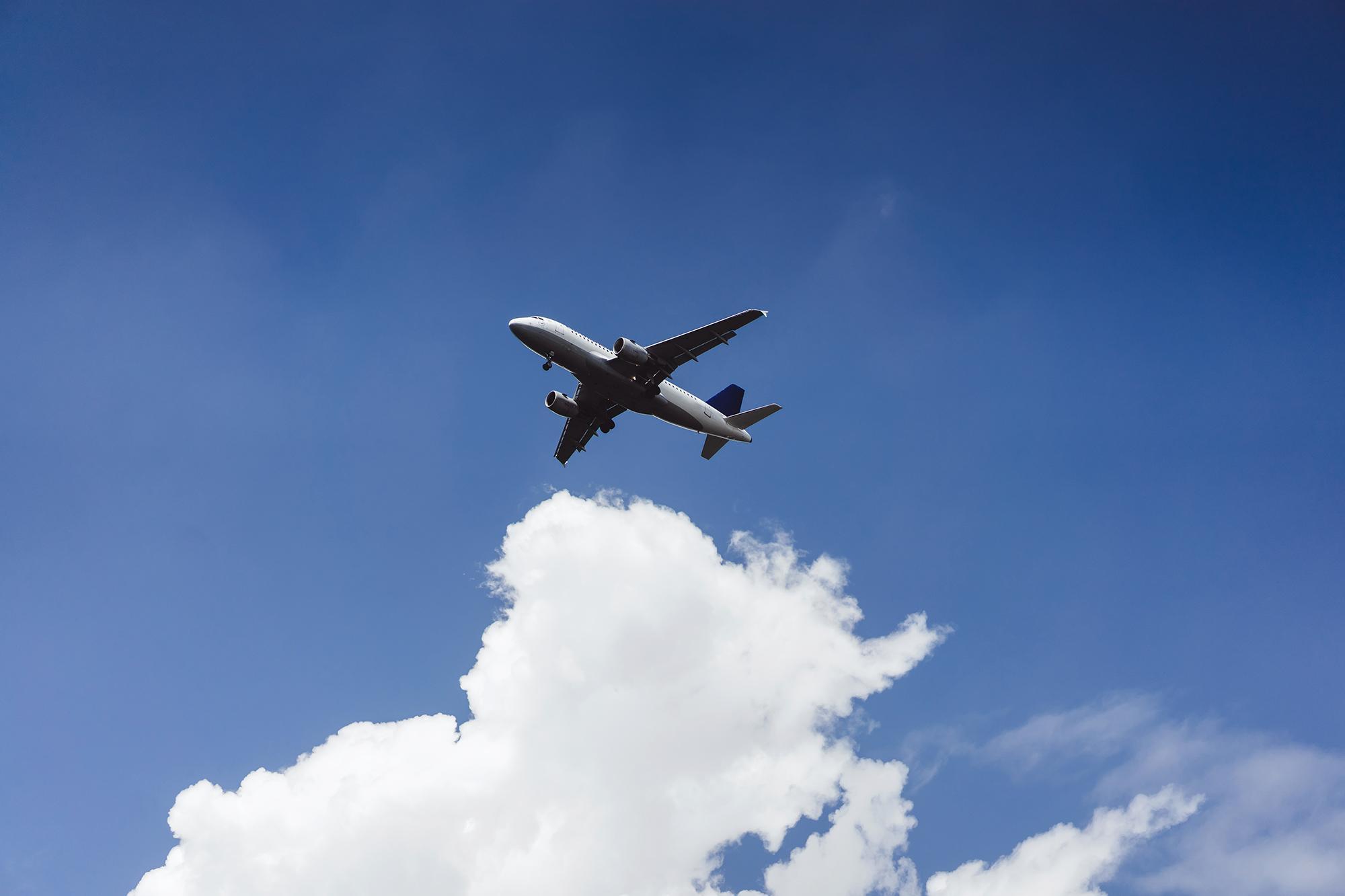All UK Meteorology Equipment in One Place
Welcome to the fascinating world of meteorology equipment! In the UK, meteorology is important in everything from daily weather updates to long-term climate research. The tools and gadgets used in meteorology are crucial for gathering data and making predictions. Let’s dive into the different types of meteorology equipment available in the UK and understand their importance.
Types of Meteorology Equipment
Thermometers
Thermometers are probably the most well-known meteorological instruments. They measure temperature, which is a fundamental aspect of weather.
Mercury Thermometers
These traditional thermometers use mercury to measure temperature. The mercury expands and contracts with temperature changes, providing accurate readings.
Digital Thermometers
Modern digital thermometers offer precise temperature readings and often include additional features like humidity sensors.
Barometers
Barometers measure atmospheric pressure, which helps predict weather changes.
Aneroid Barometers
These barometers use a small, flexible metal box called an aneroid cell. Changes in atmospheric pressure cause the cell to expand or contract, moving a needle to indicate pressure levels.
Mercury Barometers
Similar to mercury thermometers, these barometers use mercury levels to measure atmospheric pressure.
Hygrometers
Hygrometers measure humidity levels, crucial for understanding moisture content in the air.
Mechanical Hygrometers
These devices use materials like hair or paper that expand and contract with humidity changes.
Digital Hygrometers
More advanced and accurate, digital hygrometers provide precise humidity readings and are often integrated with other weather instruments.
Anemometers
Anemometers measure wind speed and direction, vital for weather forecasting.
Cup Anemometers
These anemometers have cups that catch the wind, rotating faster with higher wind speeds.
Vane Anemometers
These devices use a vane to measure wind direction and a propeller to measure wind speed.
Rain Gauges
Rain gauges measure the amount of rainfall over a period.
Tipping Bucket Rain Gauges
These gauges have a bucket that tips when it fills to a certain level, recording each tip electronically.
Weighing Rain Gauges
These use a weighing mechanism to measure the weight of collected rain, providing accurate precipitation data.
Advanced Meteorology Equipment
Weather Radars
Weather radars detect precipitation, its intensity, and movement.
Doppler Radar
This radar type measures the velocity of precipitation particles, helping to determine wind patterns.
Pulse-Doppler Radar
Combining traditional and Doppler radar capabilities, this advanced radar provides detailed precipitation and wind data.
Weather Satellites
Weather satellites provide a bird’s-eye view of weather patterns and are crucial for large-scale monitoring.
Geostationary Satellites
These satellites stay fixed over one spot on Earth, providing continuous weather monitoring.
Polar-Orbiting Satellites
These satellites orbit the Earth from pole to pole, covering the entire globe in a series of passes.
Weather Balloons
Weather balloons carry instruments into the atmosphere to collect data on temperature, humidity, and pressure.
Radiosondes
These devices, attached to balloons, send back data on atmospheric conditions as they ascend.
Dropsondes
Dropped from aircraft, these sondes measure atmospheric conditions as they fall.
Data Collection and Analysis Tools
Data Loggers
Data loggers record measurements from various meteorological instruments over time, essential for long-term data analysis.
Remote Sensing Technologies
These technologies, including satellites and radar, allow for the collection of data from a distance, providing comprehensive coverage.
Meteorological Instrument Maintenance
Calibration
Regular calibration ensures that meteorological instruments provide accurate readings. It involves comparing measurements from an instrument with a known standard.
Regular Cleaning
Keeping instruments clean is crucial for maintaining their accuracy and longevity.
Applications of Meteorology Equipment
Weather Forecasting
Meteorological Equipment are essential for predicting weather, helping people plan their daily activities and prepare for severe weather.
Climate Research
Long-term data from meteorological instruments aids in studying climate change and its impacts.
Agricultural Planning
Farmers use weather data to make informed decisions about planting, irrigation, and harvesting.
Disaster Management
Accurate weather data is critical for preparing for and responding to natural disasters like floods and hurricanes.

